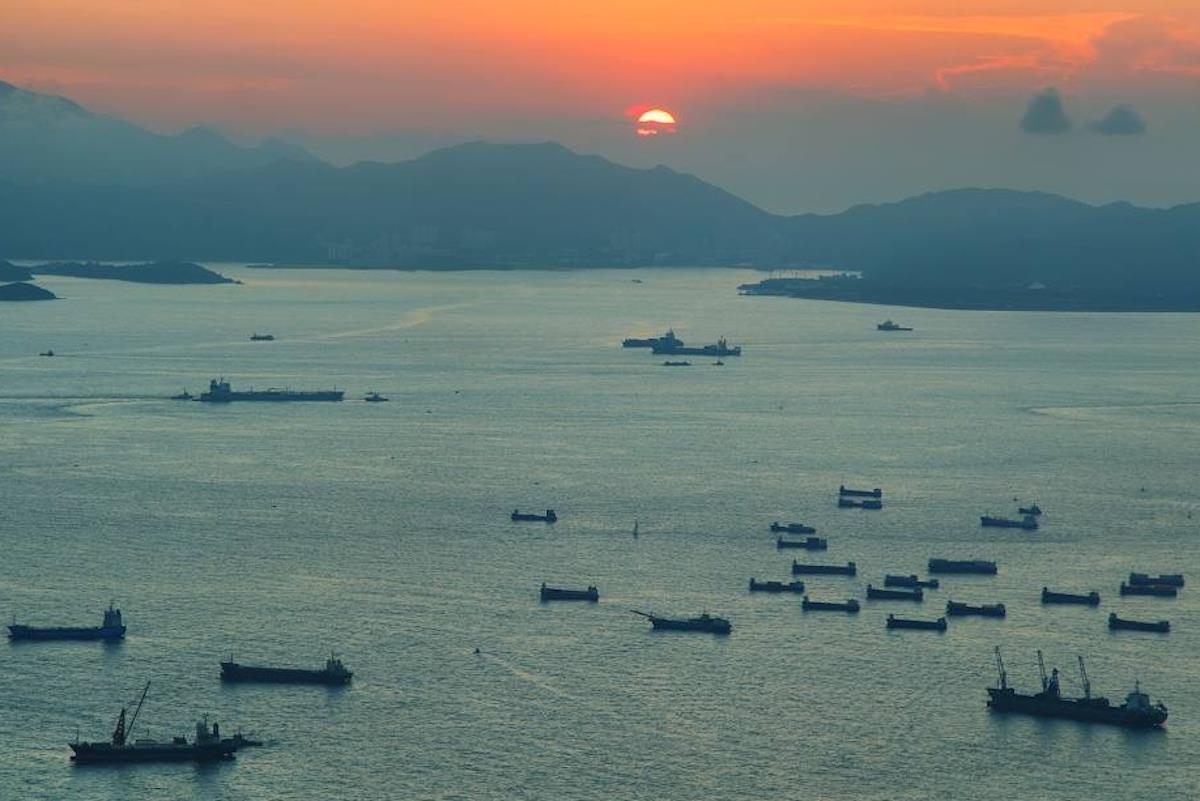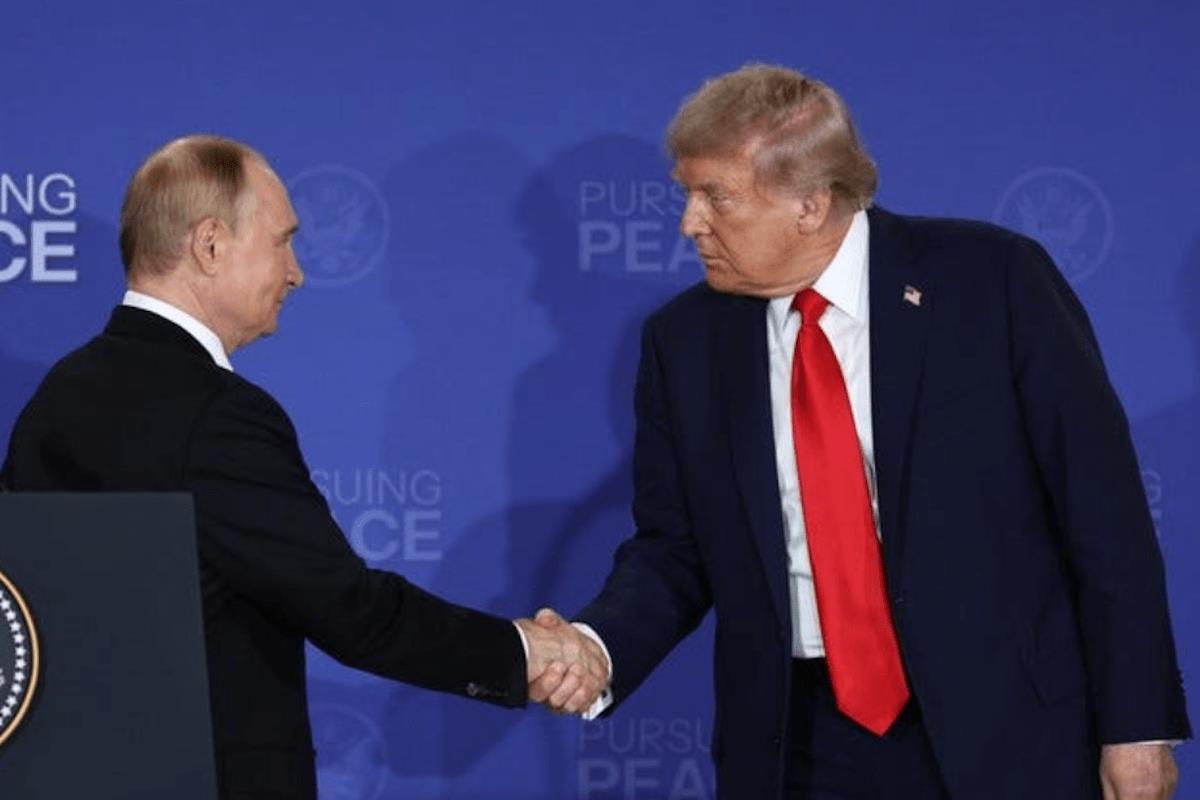A Quiet Path To Peace In The South China Sea
What was once envisioned as a stabilizing framework-the Code of Conduct (CoC)-has itself become a symbol of ASEAN's struggle to balance sovereignty with pragmatism.
From the time ASEAN and China adopted the Declaration on the Conduct of Parties in 2002, negotiators worked on multiple drafts of a binding code, only to spend 23 years distilling them into a single text.
The question today is no longer whether a draft exists, but whether its contents can meaningfully prevent clashes at sea and mitigate boiling territorial disputes.
Binding or merely declaratory?The unresolved sticking point remains the legally binding nature of the CoC. If the document ends up as a political declaration, it will be vulnerable to selective compliance and easy to disregard when convenient.
A binding code, by contrast, would oblige all signatories to abide by clearly defined rules, creating predictability in a contested maritime domain.
The distinction may appear technical, but its consequences are profound. Without enforceability, the CoC risks becoming yet another diplomatic gesture, attractive on paper but hollow in practice.
Compounding the issue is the scope of the CoC. Will it apply narrowly to disputed features like reefs and shoals, or will it cover the vast maritime domain within China's“nine-dash line” claim?
For ASEAN claimant states such as Vietnam, the Philippines and Malaysia, this is no academic matter-it is the difference between protecting sovereign rights or conceding them to great-power bargaining.
Another source of tension lies in freedom of navigation operations (FONOPS). For Washington, the principle is clear: no excessive maritime claims should impede global commerce or military passage.
Yet for Beijing, US FONOPS are intrusive, deliberately provocative maneuvers that challenge its authority in waters it considers its own. Between these poles, ASEAN states find themselves caught in a dilemma.

Legal Disclaimer:
MENAFN provides the
information “as is” without warranty of any kind. We do not accept
any responsibility or liability for the accuracy, content, images,
videos, licenses, completeness, legality, or reliability of the information
contained in this article. If you have any complaints or copyright
issues related to this article, kindly contact the provider above.
Most popular stories
Market Research

- Bitcoin Adoption On Sui Accelerates As Threshold Network And Sui Launch Phase 2 Of Tbtc Integration
- Meme Coin Little Pepe Raises Above $24M In Presale With Over 39,000 Holders
- Schoenherr Welcomes Top-Tier CEE English Law Debt Finance Team
- Japan Buy Now Pay Later Market Size To Surpass USD 145.5 Billion By 2033 CAGR Of 22.23%
- United States Insulin Pumps Market Forecast On Share & Demand Mapping 20252033
- Mediafuse Joins Google For Startups Cloud Program To Scale AI-Driven, Industry-Focused PR Distribution


























Comments
No comment